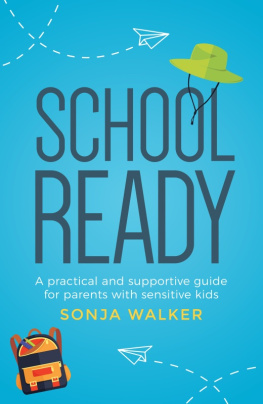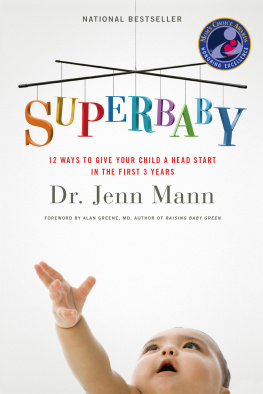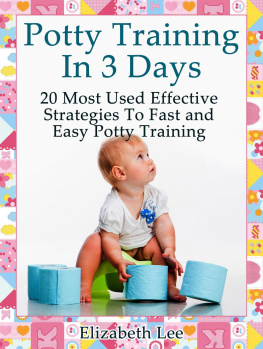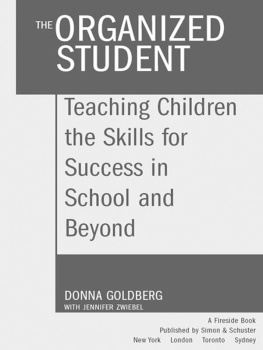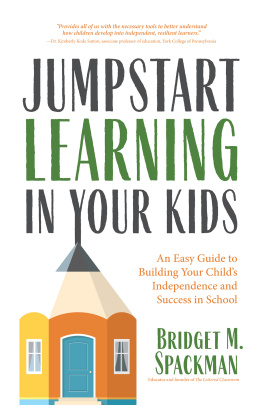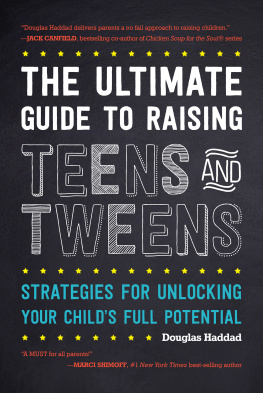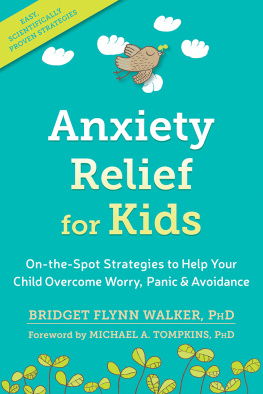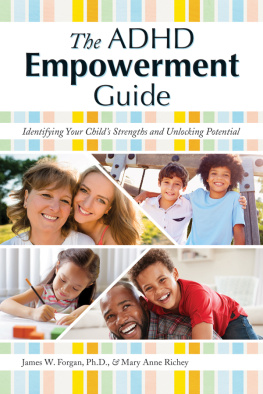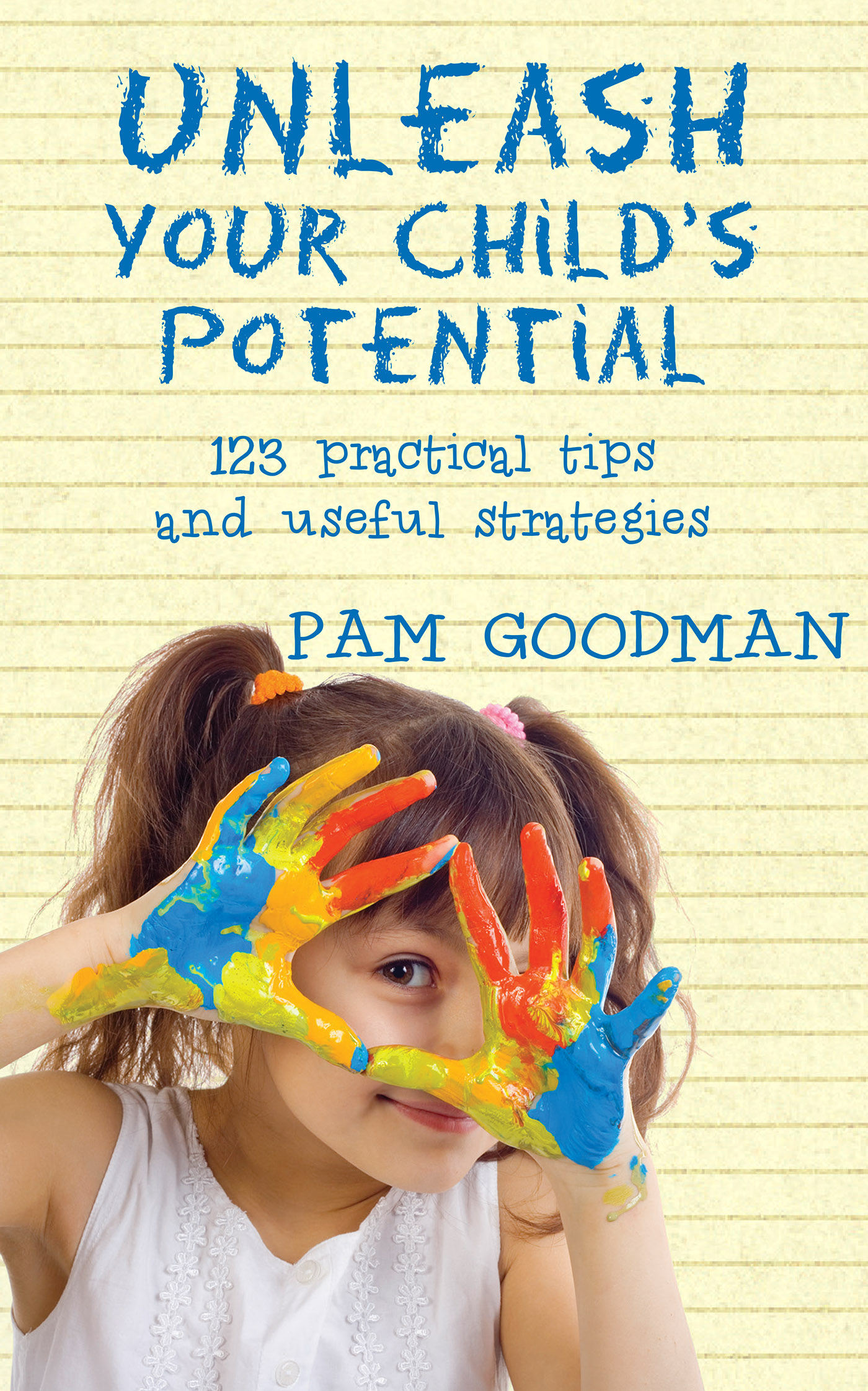TITLE PAGE
UNlEASH YOUR CHIlDS POTENTIAl:
123 practical tips
and useful strategies
Pam Goodman

COPYRIGHT
Copyright 2014 by Connectingthedots
Unleash Your Childs Potential - 123 practical tips and useful strategies
Pam Goodman
www.connectingthedotsforkids.com
pamgoodman11@gmail.com
Published 2014, by Light Messages
www.lightmessages.com
Durham, NC 27713 USA
Paperback ISBN: 978-1-61153-113-8
Ebook ISBN: 978-1-61153-114-5
ALL RIGHTS RESERVED
No part of this publication may be reproduced, stored in a retrieval system, or transmitted in any form or by any means, electronic, mechanical, photocopying, recording, scanning, or otherwise, except as permitted under Section 107 or 108 of the 1976 International Copyright Act, without the prior written permission except in brief quotations embodied in critical articles and reviews.

www. connecting the dots for kids .com
DEDICATION
To my amazing children, I have been blessed to be your mom.
To the wonderful children, I have been honored to work with.
To those children needing a voice,
I hear you.
ACKNOWLEDGEMENTS
I would like to thank the children I have been so blessed to serve, as well as the many fine parents and professional educators with whom I have collaborated.
This book is comprised of 14 years of experience from moms, teachers, observation, trial and error, student input and validated research.
Special acknowledgement to Dr. Howard Gardners multiple intelligences theory and valuable educational resources of www.touchmath.com and to School House Rock.
INTRODUCTION
E veryone has strengths and weaknesses, gifts and talents. Educating ourselves on how our children learn is a critical element to building confidence in our childrens world. It is not just the teachers job to understand. Parents are life educators and need to be valuable advocates. Three ways that you can immediately positively impact your child is:
- Collaborate
A skill needed for all adults involved to successfully teach both life and academic skills. Collaborating among partners, as well as collaborating with teachers. Your child learns every day by watching and experiencing each adult interaction. My hope is for all adults to collaborate openly with the ultimate goal of children:
- comprehending how they learn
- understanding what they need from their teachers
- actively participating in their roles
Any subject, task and life situation is achievable with the tools you have equipped your child with. What a gift to empower your child with the ability to deal with frustrations, persevere through any project and enjoy academic success.
- Empower
When children are taught how they learn, they feel empowered and self confident. Many experiences and research has been compiled to produce this book. Gathered in one place is learning styles, learning processes, learning structure and confidence building.
- Increase flexibility
Please be open to input and idea sharing. Because your child is a strong type of learner in one subject, it does not mean that they are the same type learner in all subjects. Nothing is bad or wrong, it just is. Using your childs strength in areas of weakness is a critical piece coupled with the attitudes of the adults involved.
If your child senses there is something to be worried about because all the adults around them are worried about them, it feeds their anxiety.
You will find this journey fascinating and will most likely uncover you and your partners learning and processing styles. My combination is visual, auditory and social with verbal processing and structure. Whats yours?
CHAPTER 1
TARGET

T his book will enable parents and guardians to maximize the potential of their children. Teachers, students, and concerned citizens interested in finding a solution to todays educational situation will also benefit from the knowledge and experiences shared.
The goal is to facilitate collaboration; so, ultimately, the students reach their full potential. The skills learned can be applied to any learning endeavor of the childs daily life from life skills, academics to future employment.
To start, there is sometimes debate on who is the childs teacher. I would say both! The parents are the childs first teacher and the primary educator until the child enters preschool and kindergarten. It is critical that the parents understand how their child learns. The child benefits with consistency and understanding; as well as having a valuable advocate for every grade level.
You will find many ideas and solutions in this book. The ideas are meant to inspire more ideas and provide limitless opportunities.
No matter who is the primary teacher, it is important for all parties to be on the same page.
Consider the following:
- Input
Both teachers must be open to collaborate and receive others input. I know it is your child, but what the teacher sees is how the child exists in a larger peer centered environment without direct parental support.

- Feelings
Emotions may run high and feelings may get hurt. It is never the teachers intention to hurt your feelings.
Most teachers love their class and call them their kids. I know he is your baby, but all teachers know that new skills require practice and without practice are never mastered.
- Your fears
Sometimes, unknowingly, you push your insecurities onto your child. Keep in mind, your child is always watching how adults handle situations. If you are worried about your child, they will feel that there is something to be worried about. If you feel like they should be entitled to preferential treatment, they will grow up feeling they should be entitled to special treatment. Funny as this may sound, but when it comes to their learning, it does not matter what you think or feel, but what they think and feel about it.

Through the collaboration of parents and teachers, this book will help empower young people to become independent, confident and successful learners. Ultimately, the children, understanding how they learn, will process and apply that knowledge to reach their full potential. This will prepare them to be strong contributors to society.
CHAPTER 2
VISUAL

M any of us are visual learners. We need to see it to process it efficiently. Have you ever had someone tell you something, but you forget it a few minutes later? Have you ever had an image pop into your head over and over again? With technology today, we are almost forced to be visually focused due to all the creative and impulse driven strategies used to catch our attention.


